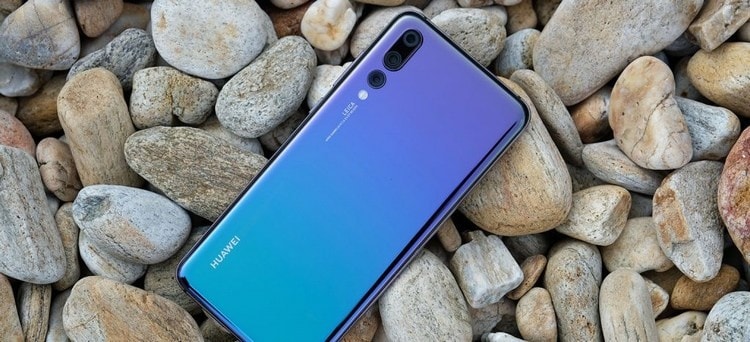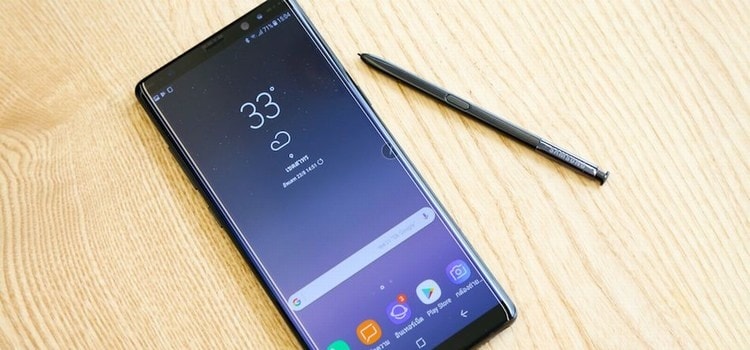There’s been recent talk about Samsung entering the refurbished smartphones market. While nothing is confirmed yet, the move is likely to allow the tech giant to capitalize on the upward trend of recommerced handsets sales, a good percentage of which is made up of Samsung phones.
All of this follows recent projections of Samsung’s market share in the mobile phone segment dropping this year by roughly 10%. This has been largely attributed to the rise of Chinese OEMs like Huawei and Xiomi gaining momentum and more traction with their release of significantly cheaper handsets that have features and performance similar to what Samsung and Apple are putting out.

Samsung’s entry into refurbished smartphone business might be their way to gain back the ground they lost by capitalizing on the fertile ground in refurbished phones, which are also just as cheap and just as feature-rich than Chinese flagships – and in some regards, even more so. The unprecedented growth of the refurbished phones market’s share in global smartphone sales suggests as much.
However, there is a good chance that Samsung’s entry would be of little consequence, and there are two good reasons why:
1) Samsung already has low-priced models. For years, Samsung’s range-base handsets like the Galaxy A10 have been central to Samsung’s dominance in the smartphone market. These are less powerful phones that generally come with cheaper price tags, and has been the primary way through which the company penetrated regions where consumer spending power is not that high.
However, there’s a good chance that sales generated by this entire segment could vanish completely if the tech giant were to release their own line of refurbished phones. The only way Samsung could have their cake and eat it, too, is if they offer less attractive ASPs for their refurbished releases, which immediately puts them in a bind, because:
2) Their competitors already offer better products. Prices for refurbished phones are already competitive, with more recent ASP estimates for 2022 at $180. And remember, the majority of these refurbished phones have only changed hands once or twice, and still have premium features according to modern standards.

This already puts Samsung at a disadvantage in terms of their pricing scheme, which is akin to the fate of Apple’s attempt to capitalize on the high demand of their refurbished handsets. At any rate, Samsung risks cannibalizing its own profits if it considers entering the refurbished phone scene.
Only time will tell what the company does from here.





